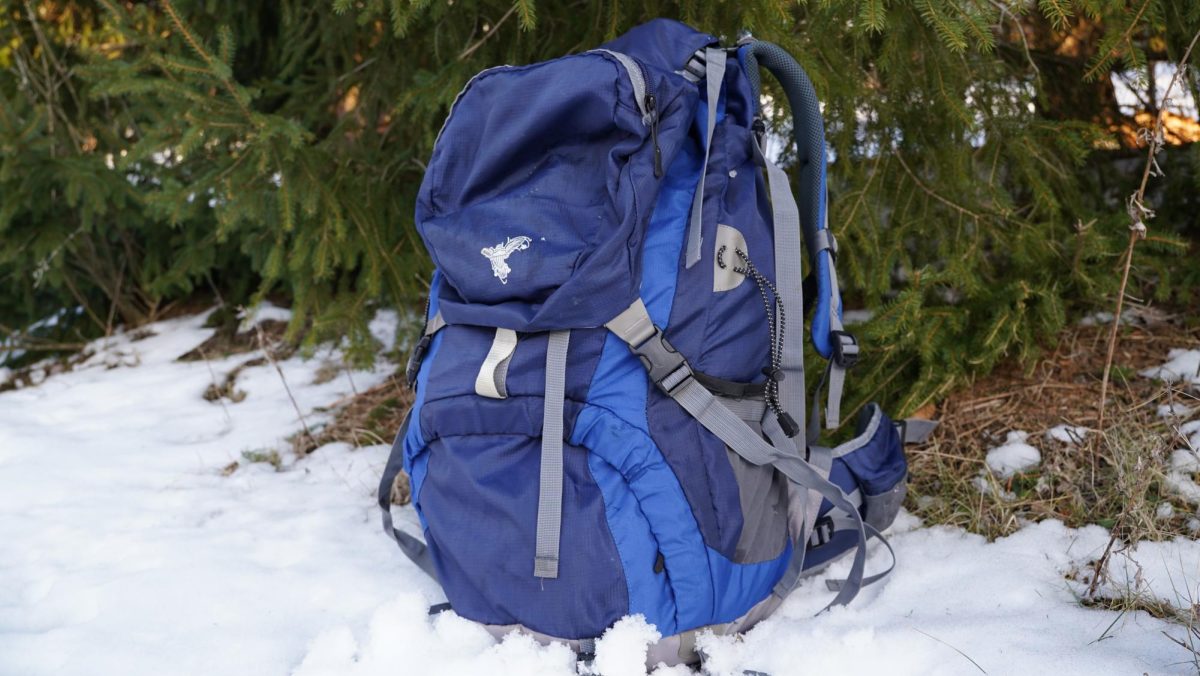Winter camping can be an arduous activity. However, being able to persevere through an expedition leads to one of the most triumphant experiences one can endure within nature.
In order to be prepared for an expedition, three main categories must be covered: fuel and warmth, sleeping equipment, and storage.
The most important category for survival is warmth. Hypothermia is a condition that sets in whenever the body cannot produce heat faster than it is lost.
Hypothermia is quick to set in and may often go unnoticed. People beginning to succumb to hypothermia may experience drowsiness and confusion as well as more serious symptoms such as frostbite and loss of consciousness.
In order to combat heat loss, proper clothing options must be made. The most common form of heat loss occurs when skin is exposed. This happens due to the fact that the human body radiates heat which can easily be carried away by strong winter winds.
Drastic heat loss can occur from direct contact with frigid surfaces. Snow, cold water, and metal directly sap heat from the body. Damp clothing also leads to drastic heat loss. The extremities such as the hands and feet are most susceptible to this due to constant and repeated contact with cold surfaces and the risk of snow entering mittens and socks.
Multiple layers of clothing are recommended. The most fundamental layers of clothing are tight-fitting thermals for a base layer and tightly woven and water-resistant clothing for an outer layer. Woolen clothing–especially socks–are recommended as they are much better at retaining heat than other fabrics. Additionally, one of your best options for maintaining dexterity in your hands is to utilize hand warmers, such as Hothands.
Correct shelter and sleeping equipment are important for resting comfortably as well.
One’s choice of sleeping bag is very important. Sleeping bags are rated based on the average comfortable sleeping temperature. There are two different types of temperature ratings: comfort rating and lower limit rating. Comfort rating and lower limit rating are “the temperature at which a cold/warm sleeper might feel comfortable” respectively. Oddly, Comfort rating is the listed temperature on women’s sleeping bags while lower limit rating is listed on men’s bags.
A helpful rule of thumb to follow is to purchase a bag that will be able to endure slightly lower temperatures than what you might believe is needed.
In order to retain the most heat possible, a reflective ground mat is a good investment as it stops direct contact with the ground as well as reflecting the body’s heat back onto itself.
In order to prevent moisture from seeping into a tent while resting, it must be set up properly. Most tents contain three main parts: a ground tarp, a rainfly, and the tent.
The ground tarp prevents moisture from flowing through the floor of the tent. It also helps retain heat by adding an extra layer between the cold ground and one’s body.
A rainfly prevents precipitation from flowing through the top of the tent which usually is a surface made of mesh. It is also important as an insulator. Adding a second layer between the outdoors and yourself helps block the wind from peeling the heat away from your body.
Sleeping position and choice of tent spot is critical as well. Avoiding inclines is key when finding a spot to set up a tent. Sleeping at an angle with one’s head up or downhill can lead to blood loss in the brain or legs respectively.
A large but lightweight bag is recommended for longer expeditions. Osprey, REI, and Deuter are all well known and respected brands for backpacking and camping gear.
A good tip with most bags to follow when packing is to leave additional space in the backpack in case of emergency.
Leaving extra space inside of a backpack allows for an easier time packing whenever trying to leave a campsite. Being able to throw items into a bag and leave hastily instead of taking a large portion of time to pack effectively is a helpful tactic to have available in case a quick evacuation is necessary.
Additionally, bringing a daypack is helpful when not planning to move one’s shelter for multiple days. A daypack is a small to medium relatively “school sized” bag. Having the ability to maintain an established campsite and hold gear for a longer amount of time than just one night allows only what’s needed to be brought inside of a daypack.
When packing, bringing additional clothing is important as wet clothes will not dry effectively in the cold and most often will freeze. In order to combat cold clothing in the morning, clothing can be placed inside of one’s sleeping bag so it will absorb extra body heat throughout the night.
Surviving through a cold expedition after properly preparing is one of the most rewarding feelings one can experience. Nothing beats arriving to a warm car, meal, or shower after persevering in frigid temperatures for multiple days.



